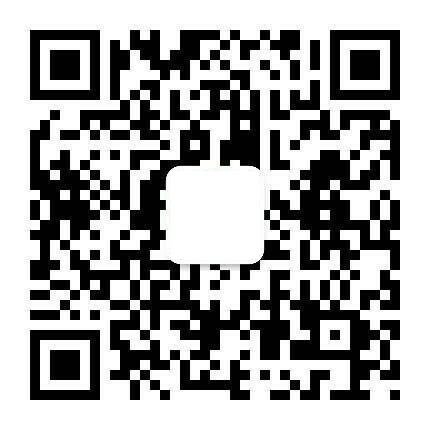时间:2016年11月17日(周四)09:00-11:00
地点:物理馆323会议室
报告题目:Seeing
with the nano-eye: accessing structure, function, and dynamics of matter on its
natural length and time scales
报告简介:To understand and ultimately control the
properties of most functional materials, from molecular soft-matter to quantum
materials, requires access to the structure, coupling, and dynamics on the
elementary time and length scales that define the microscopic interactions in
these materials. To gain the desired nanometer spatial resolution with
simultaneous spectroscopic specificity we combine scanning probe microscopy with
different optical, including coherent, nonlinear, and ultrafast spectroscopies.
The underlying near-field interaction mediated by the atomic-force or scanning
tunneling microscope tip provides the desired deep-sub wavelength nano-focusing
enabling few-nm spatial resolution. I will introduce our generalization of the
approach in terms of the near-field impedance matching to a quantum system based
on special optical antenna-tip designs. The resulting enhanced and qualitatively
new forms of light-matter interaction enable measurements of quantum dynamics in
an interacting environment or to image the electromagnetic local density of
states of thermal radiation. Other applications include the inter-molecular
coupling and dynamics in soft-matter hetero-structures, surface plasmon/phonon
interferometry as a probe of electronic structure and dynamics in 2D materials,
and quantum phase transitions in correlated electron materials. These examples
highlight the general applicability of the new near-field microscopy approach,
complementing emergent X-ray and electron imaging tools, aiming towards the
ultimate goal of probing matter on its most elementary spatio-temporal
level.
报告人简介:Markus Raschke is professor at the Department of Physics,
Department of Chemistry, and JILA at the University of Colorado at Boulder. His
research is on the development and application of new nano-scale nonlinear and
ultrafast spectroscopy techniques to imaging structure and dynamics of
molecular, soft-matter, and quantum materials with nanometer spatial resolution.
He received his PhD in 2000 from the Max-Planck Institute of Quantum Optics and
the Technical University in Munich, Germany. Following appointments at the
University of California at Berkeley, and the Max-Born-Institute in Berlin, he
became faculty member at the University of Washington, before moving to Boulder
in 2010. He is fellow of the Optical Society of America and the American
Physical Society. He has published more than 100 journal papers, including 6
papers in Nature and Nature serial journal; 3 in Phys Rev Lett, 13 in Nano Lett,
10+ in Opt Lett and Opt Exp.
物理科学与技术学院
2016.11.14
 地址:四川省成都市九眼桥望江路29号
地址:四川省成都市九眼桥望江路29号
 电话:028-85412322(党政办)028-85412323(学科办)028-85415561(教务办)028-85410030(学生科)
电话:028-85412322(党政办)028-85412323(学科办)028-85415561(教务办)028-85410030(学生科)
 邮编 :610064
邮编 :610064







 English
English 
